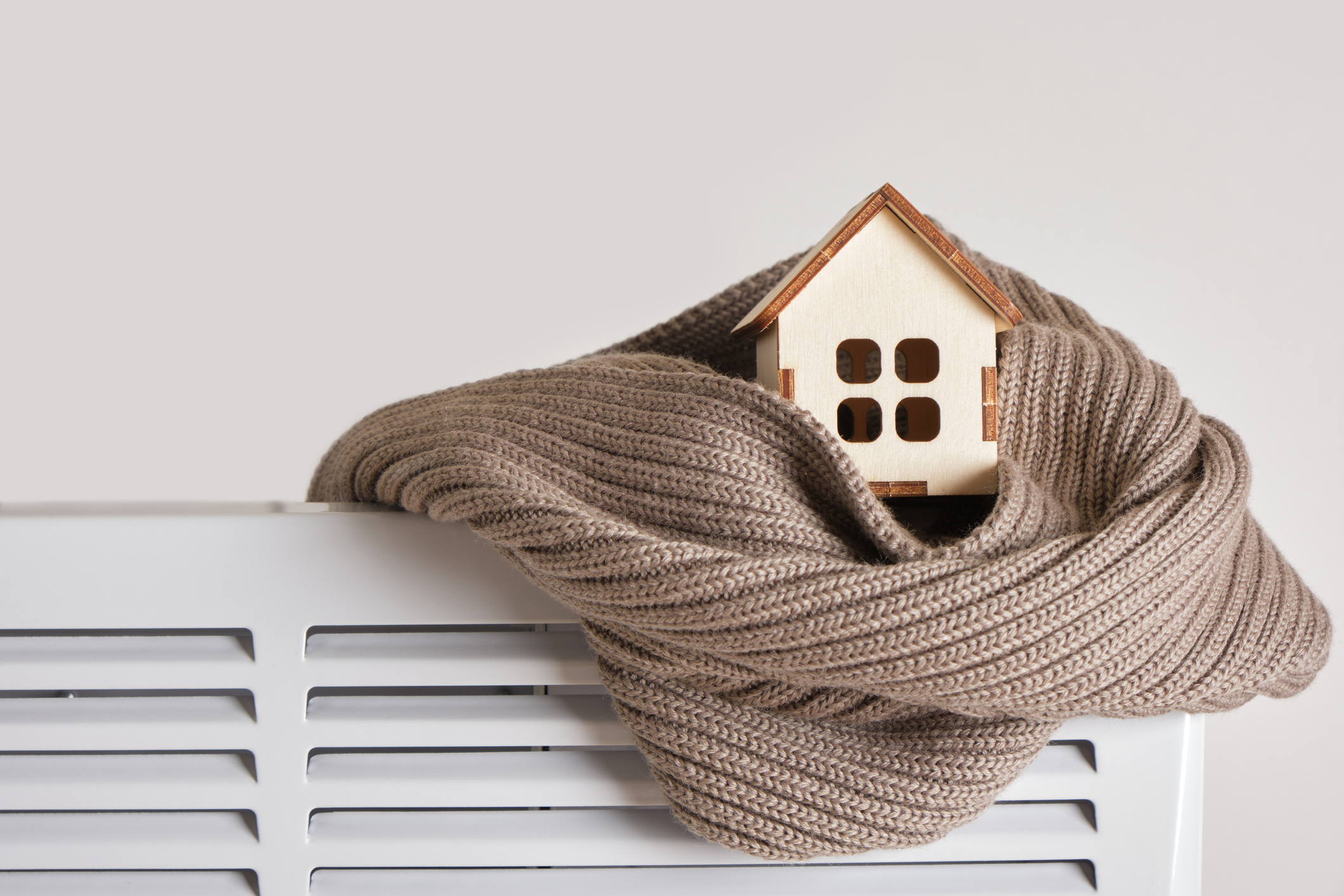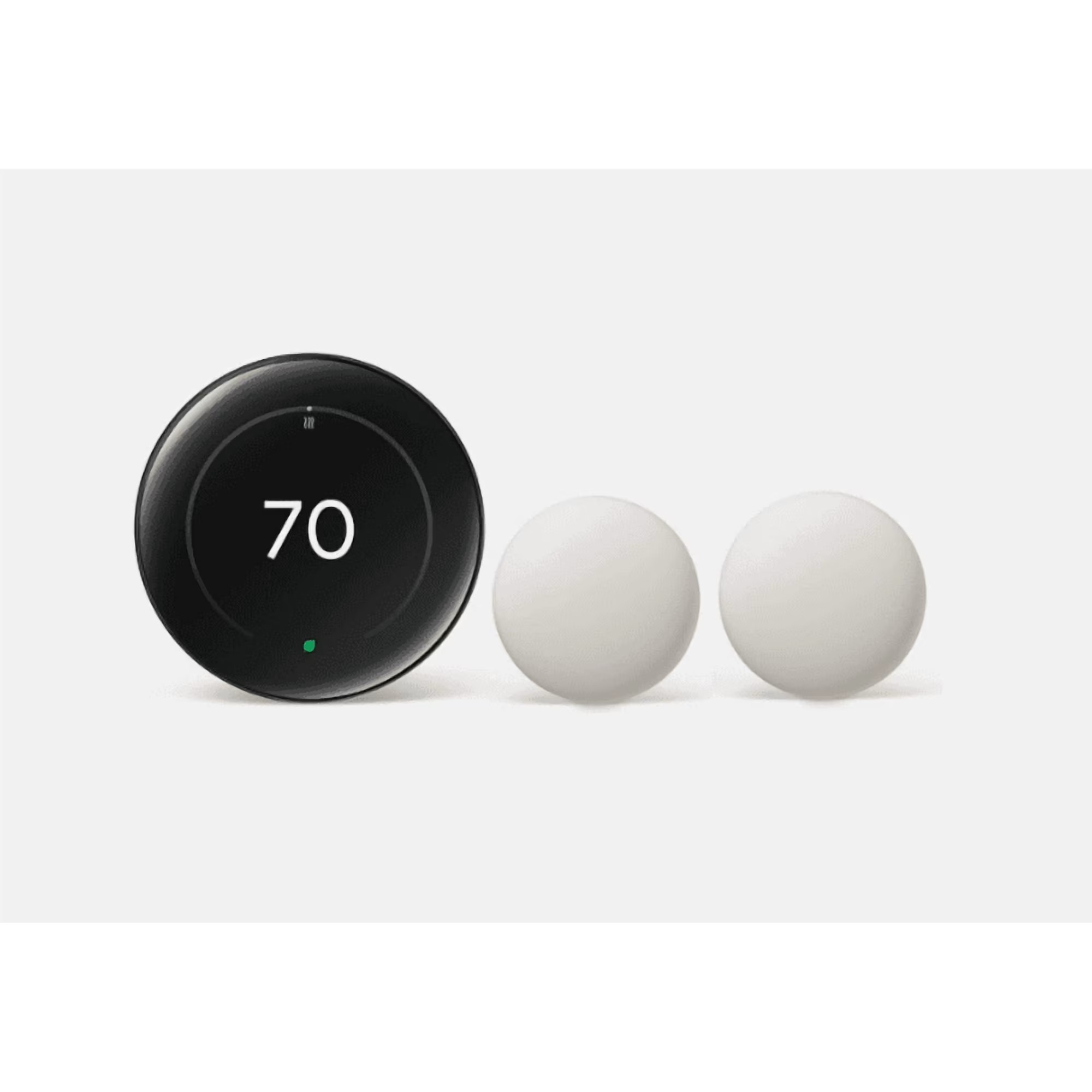5 Simple Fixes to Save on Heat Bills This Winter
With fuel prices expected to rise 10% or more this winter, making your home more energy efficient will really pay off.


As winter approaches, home heating bills are giving Americans chills across the country.
Driven by a projected 20% rise in wholesale natural gas prices for 2026, the cost of keeping your home toasty could rise sharply, depending on where you live and the type of fuel you use.
Electricity is expected to lead the price hikes, with double-digit jumps in some parts of the country, followed by more modest increases in the cost of residential natural gas. The price of home heating oil, though still the most expensive way to keep a house warm, is expected to remain flat or even drop in some areas.
From just $107.88 $24.99 for Kiplinger Personal Finance
Become a smarter, better informed investor. Subscribe from just $107.88 $24.99, plus get up to 4 Special Issues

Sign up for Kiplinger’s Free Newsletters
Profit and prosper with the best of expert advice on investing, taxes, retirement, personal finance and more - straight to your e-mail.
Profit and prosper with the best of expert advice - straight to your e-mail.
“Even with temperatures forecast to mirror last winter, home heating costs are expected to rise about 10% overall, as utilities pass higher fuel costs directly to consumers,” says Mark Wolfe, executive director of the National Energy Assistance Directors Association.
How can you ease the pinch? “The smartest and cheapest thing homeowners can do is focus on efficiency first,” says Laura Bowler, design lead with Ramboll, a sustainable architecture and engineering consulting firm. “Simple steps can make a big impact.”
Here are some to consider.
1. Seal air leaks
Check your windows and doors for leaks that let in cold air and moisture. For the windows, you can use rope caulk (about $6 at your local hardware store) to seal any openings or damage to sealant you find, says Kriss Swint, marketing director with Westlake Royal Building Products in Columbus, Ohio.
For the doors, you can install a door sweep, a type of weather stripping that plugs the opening at the bottom ($10 to $20). Reducing these drafts can cut your energy bill by 5% or more, according to the U.S. Department of Energy (DOE).
2. Unblock vents
Check around your home to make sure your vents aren’t blocked by furniture, which wastes heat and forces your system to work harder. Don’t want to rearrange couches and beds? You can instead connect a small plastic extender or deflector to the vents ($7 to $20), which can steer warm air to the areas of your home that need it most.
3. Use a smart or programmable thermostat
To save on heat while you’re out of the house, consider installing a programmable thermostat, which lets you set an automatic schedule for adjusting the temperature.
Turning down your thermostat by 10% to 15% for eight hours a day can reduce your bill by 10%, according to the DOE. Or spring for a smart thermostat linked to your cell phone that will track your location and daily patterns, then adjust the temperature in your home accordingly. A basic programmable model is about $50; a smart thermostat goes for around $100 to $200.
Below are a few top-rated smart thermostats from Amazon:



4. Insulate the attic
“Roughly 25% of heat loss occurs in the attic,” says Swint. To help prevent that, add more insulation, such as fiberglass, wool, or cotton, between the attic joints to trap heat. “If you’re a DIYer, this project should take a weekend,” says Swint.
'Average cost: $1,500 to $3,500, depending on the size of your attic and the material used.
5. Replace old heating systems
This could be an ideal time to spring for a new furnace or boiler, while some tax credits are still available for energy-efficient upgrades. One such credit, which expires at the end of 2025, can cover 30% of your energy-efficient home upgrades, for a total savings of up to $3,200. You may also qualify for state and local rebates, depending on where you live.
While you’re at it, also consider replacing an old attached garage door, which can be a significant source of heat loss. New versions have more insulation and improved sealing.
A bonus: Sellers recouped nearly double the average $4,513 they paid for a garage door replacement in 2024.
For more-targeted guidance, consider working with a professional home-energy auditor. “An audit will help identify where heat loss is happening and what improvements make the most sense,” Bowler says. For information on finding an auditor, visit energy.gov/energysaver/professional-home-energy-assessments.
Note: This item first appeared in Kiplinger Personal Finance Magazine, a monthly, trustworthy source of advice and guidance. Subscribe to help you make more money and keep more of the money you make here.
Related content
Profit and prosper with the best of Kiplinger's advice on investing, taxes, retirement, personal finance and much more. Delivered daily. Enter your email in the box and click Sign Me Up.

David is a financial freelance writer based out of Delaware. He specializes in making investing, insurance and retirement planning understandable. He has been published in Kiplinger, Forbes and U.S. News, and also writes for clients like American Express, LendingTree and Prudential. He is currently Treasurer for the Financial Writers Society.
Before becoming a writer, David was an insurance salesman and registered representative for New York Life. During that time, he passed both the Series 6 and CFP exams. David graduated from McGill University with degrees in Economics and Finance where he was also captain of the varsity tennis team.
-
 I'm want to give my 3 grandkids $5K each for Christmas.
I'm want to give my 3 grandkids $5K each for Christmas.You're comfortably retired and want to give your grandkids a big Christmas check, but their parents are worried they might spend it all. We ask the pros for help.
-
 If You're Not Doing Roth Conversions, You Need to Read This
If You're Not Doing Roth Conversions, You Need to Read ThisRoth conversions and other Roth strategies can be complex, but don't dismiss these tax planning tools outright. They could really work for you and your heirs.
-
 Could Traditional Retirement Expectations Be Killing Us?
Could Traditional Retirement Expectations Be Killing Us?A retirement psychologist makes the case: A fulfilling retirement begins with a blueprint for living, rather than simply the accumulation of a large nest egg.
-
 My Teen Crashed His Car and Now Our Insurance Has Tripled. What Now?
My Teen Crashed His Car and Now Our Insurance Has Tripled. What Now?Dealing with the costly aftermath of a teen car accident is stressful. Here are your options for navigating it.
-
 My First $1 Million: Retired In-House Corporate Lawyer, 74, Midwest
My First $1 Million: Retired In-House Corporate Lawyer, 74, MidwestEver wonder how someone who's made a million dollars or more did it? Kiplinger's My First $1 Million series uncovers the answers.
-
 AI Appliances Aren’t Exciting Buyers…Yet
AI Appliances Aren’t Exciting Buyers…YetThe Kiplinger Letter Artificial intelligence is being embedded into all sorts of appliances. Now sellers need to get customers to care about AI-powered laundry.
-
 I'm an Insurance Pro: Going Without Life Insurance Is Like Driving Without a Seat Belt Because You Don't Plan to Crash
I'm an Insurance Pro: Going Without Life Insurance Is Like Driving Without a Seat Belt Because You Don't Plan to CrashLife insurance is that boring-but-crucial thing you really need to get now so that your family doesn't have to launch a GoFundMe when you're gone.
-
 The Top 22 Gifts for Grandkids from Walmart in 2025
The Top 22 Gifts for Grandkids from Walmart in 2025From PlayStation to Labubu, you'll find the hottest gifts of 2025 for your grandkids at Walmart this year. Some of them are up to 78% off.
-
 CD vs. Money Market: Where to Put Your Year-End Bonus Now
CD vs. Money Market: Where to Put Your Year-End Bonus NowFalling interest rates have savers wondering where to park cash. Here's how much $10,000 earns in today's best CDs versus leading money market accounts.
-
 Meet the World's Unluckiest — Not to Mention Entitled — Porch Pirate
Meet the World's Unluckiest — Not to Mention Entitled — Porch PirateThis teen swiped a booby-trapped package that showered him with glitter, and then he hurt his wrist while fleeing. This is why no lawyer will represent him.
-
 Smart Business: How Community Engagement Can Help Fuel Growth
Smart Business: How Community Engagement Can Help Fuel GrowthAs a financial professional, you can strengthen your brand while making a difference in your community. See how these pros turned community spirit into growth.